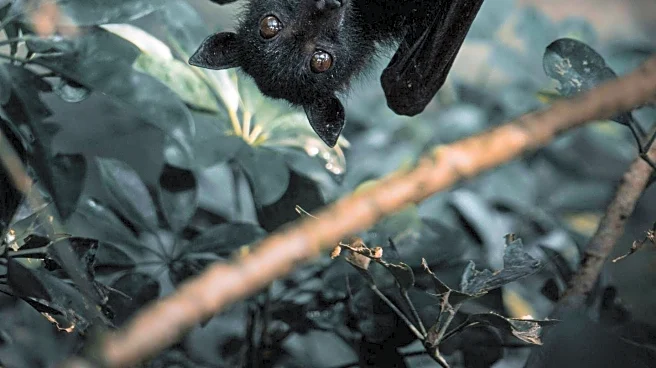What's Happening?
A recent study has identified multiple low-density lipoprotein receptor (LDLR) family members, including LRP4, LRP1, and VLDLR, as entry receptors for the yellow fever virus (YFV). This discovery addresses
a significant knowledge gap in YFV research, as the viral cellular entry receptors were previously unknown. The study observed residual YFV infection in LRP4-knockout cells and tissues of Lrp4-deficient mice, suggesting the presence of multiple entry receptors. Further validation confirmed LRP1 and VLDLR as YFV entry receptors, with decoy receptors protecting mice from YFV challenge.
Why It's Important?
The identification of LDLR family members as entry receptors for YFV is crucial for developing targeted therapies and vaccines against the virus. Yellow fever is a significant public health concern, particularly in regions where the virus is endemic. Understanding the mechanisms of viral entry can lead to improved prevention and treatment strategies, potentially reducing the incidence and severity of yellow fever outbreaks.
What's Next?
The study's findings pave the way for further research into the development of therapeutic interventions targeting these receptors. Future studies may focus on the efficacy of decoy receptors in human models and explore the potential for vaccine development. Collaboration between researchers and public health organizations will be essential to advance these efforts.
Beyond the Headlines
The discovery of YFV entry receptors highlights the importance of basic scientific research in addressing global health challenges. It underscores the need for continued investment in virology and immunology to combat infectious diseases effectively.












